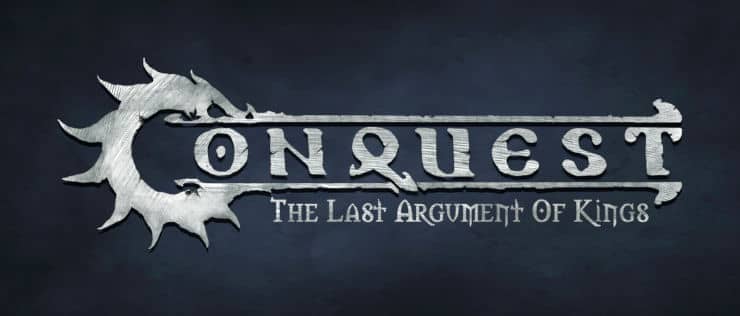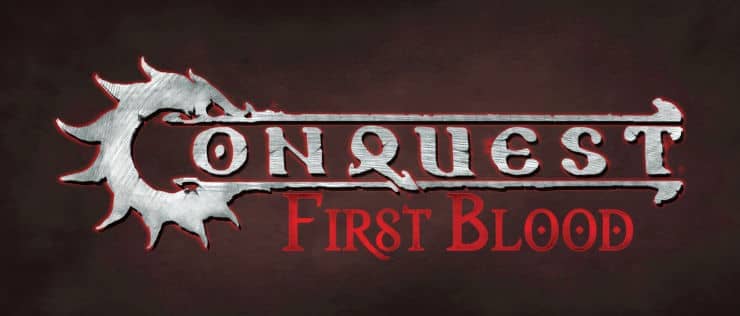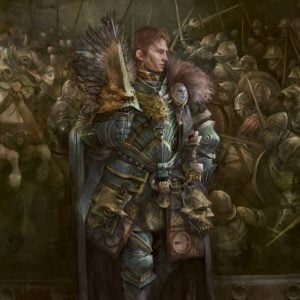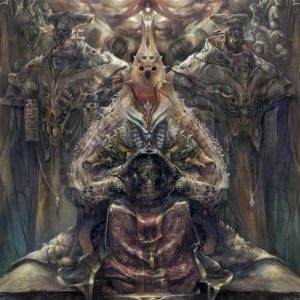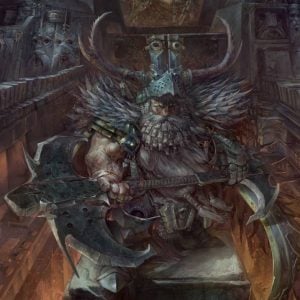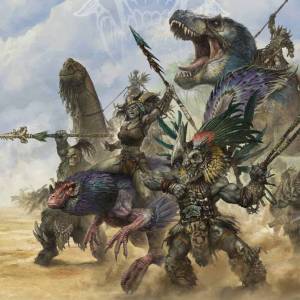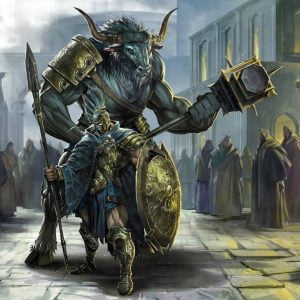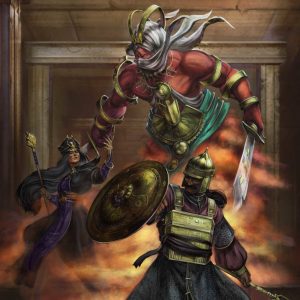Leona

The Paeneticum’s foothold in Leona has long been established, steering its history. While Leona has long thrived due to its strategic location, giving a solid foundation for the seat of rule of the County to be transferred from Saon, it has also blossomed into a center of belief under Theist patronage and the cathedral of Lionum is a favored place of study for neophytes and anointed priests both. Its knights, long “approved” by the Paeneticum, have also secured lands in the province of Hermania with little to no political backlash in the Conclave. As a small counterbalance to this, the Counts Palatine of Leona have found it easy to assign Herman lesser nobles as marshals to their forces. Today, however, this practice takes its toll. During the Enque Incident, Leona saw an opportunity to influence Lerac baronies by showing its support… with as many troops as it could muster. To add to the display, the Count’s marshal summoned the devout Theist baron Mikael von Kürschbourgh, brother to the Duke of Kürschbourgh, and, some claim, an unlawfully anointed priest, along with his famously trained – and aggressive- troops. Even though the Enque Incident was resolved by Lerac’s Count, von Kürschbourgh never left Leona and neither did his troops, “ensuring the safety” of the cathedral. The baron enjoys the Paeneticum’s favor more so than the Count Palatine, who has practically dislodged the rightful ruler of Leona. Under his control, however, it has blossomed into a military powerhouse, its forces benefiting from both Hermann and Galan military cultures. Many are those that think that Leona, through Baron von Kürschbourgh, is the closest the Paeneticum has come to armed forces and indeed it would seem so. Following the events of Nepenthe and the trial of King Fredrik of Brandengrad, members of Leona’s militia were the first seen escorting Priests on the field of battle.
Elysses

Elysses controls most of the lands being wetted by the Bounty in Galania. It is a magnificent sea-side city, a jewel of modern architecture with marble domes and sky-high palaces, theaters and music halls, while statues of Deist Aspects loom over the topaz waters on its shores. The Count Palatines of the city ever favored the Lady of Waters as an Aspect of the Mother and have declared her to be the patroness of Elysses but the city is jeweled with shrines to all Dei and many a Questor of one Aspect or another are allowed to preach freely. A haven for free thinkers and the arts, with theater and music being favored, it would be easy to name Elysses an oddity among Kingdoms, where might of power comes second to splendor and more refined pursuits. This could not be further from the truth. Outside its white walls, the lands further from the shores are rich like in most of Galania and Elysses rules over them with an iron, knighted fist, ensuring the wealth its city’s magnificence demands to be sustained. For all its apparent splendor and tolerance, a mere visit to the farmhouses that actually support Elysses’ extravagance will underline the difference of living standards between those in the city and all those outside. But while the land is rich and its knights plenty, the County’s true power lies in the massive Port-d’Elyss, a port that, if left unchecked, could rival Argem’s naval force itself, having produced the “Vague Elyssée”, the only “Man-of-War” ship outside the fleet of Argem. Long thought of as a Kingdom in its own right, the Bounty is dominated by Argem’s naval force and it is questionable if Austersian Admiral Staur will allow such a power to rise much further. Undoubtedly this is known to Elysses, the weakened state of Lerac, however, and the challenge issued by its new ruler and her title is bound to force its eyes fixed on the lush plains of the northern city…
Lerac

The Household of the de Leracs has held sway over northern Galania, controlling the bridges over the river Sinia, almost since forever. Surprisingly, however, Lerac’s wealth comes not from the taxation of trade convoys, like in the case of most similarly situated sovereignties. In fact, Lerac ever offered some of the cheapest passage tolls in the Kingdoms, ensuring through quantity rather than pricing that its toll coffers remained full. The county’s true wealth, however, comes from its own exports: some of the best wines of the Kingdoms hail from the fertile lands south of the Sinia. With a rich land to rule and knights to command, the de Leracs have ever presented themselves as the true heirs of Tancred and the true royal lineage of all Galania, speaking of the Galans as one nation, instead of a people or cultural group. This bizarre concept and outrageous assertion has largely been ignored, of course, yet many are the nobles that claim that dividing the Galan lands -and specifically Lerac’s territory- into two provinces was a targeted move by the Emperor, so long ago. More still are those that, loath to allow such dangerous notions to spread, claim that the ill fate that recently befell the family was the product of their own self-importance and their ill-conceived empowering of their people. They may not be wrong. The Enque incident put fear in the hearts of north Galania and, coupled with the loss of two of his sons’ (one murdered and another disappeared) it saw Count Palatine Philippe de Lerac withdraw from the world. The end to his rule and line would come not long after. For years after Enque, the County was plagued by both a long draught and the Red Fever, which brought the land to its knees until a revolt broke out. The Count Palatine lost his life at the hands of his own people, accused for treason and conspiring with both the Braeons and the Spires, to feast in luxury while his people starved. His last surviving son, Alfos, a boy of less than fourteen winters, has disappeared since, presumed dead while officially marked a traitor and a fugitive, thus sealing the fate of the de Lerac Household. Dorná Gertrude de Rosmund has ruled since, claiming the County and merging it with her own in Rosmund over the Sinia, proclaiming herself Marquise de Feranque and establishing the island settlement of Lut on the Sinia as her capital. She has survived five assassination attempts already, including one from the fabled Braeon Hunters of Ourovoros, but this talented Aelomancer and shrewd politician seems determined to establish herself as a protector to her people and a dominant force in both sides of the Sinia.
Enque
This otherwise insignificant Barony in the south side of Lerac’s county, would perhaps be unworthy of further mentioning, where it not for the recent so-called “Enque Incident”, a strife with the Spire of Haustellum in the Barony’s borders. A few years ago, rumors started circulating that the Baron of Enque was trading with someone in the Spire. Fueled by his faith, as well as surrounded and challenged by numerous legitimate and illegitimate siblings, the Baron’s son accused his father openly and led his forces near Haustellum, in a display of force that was meant to intimidate its villainous inhabitants. His display was matched almost immediately by Spire forces. Panicked missives were sent to all possible allies but as more forces poured it on the side of Enque, the Spire force would ever match the display. When Leona sent word of sending reinforcements, Philippe, the Count Palatine of Lerac was forced by circumstances to join, bringing one of the biggest forces in Galania with him. Again human forces were matched in size, within minutes. As escalation seemed inevitable, the Count Palatine met with the Spirelords to parley. When he returned, he ordered all human forces to withdraw. Even as the Spires did the same, his decision, coupled with the strain of the Fire Draught, would lead to the insurrection which claimed Philippe’s life. Despite the efforts of Dorná de Rosmund to stabilize Lerac, Elysses and Leona eye its weakened lands, while the war that is boiling in Riismark with Nepenthe will undoubtedly bring further tension and even skirmishes with the Spires.

